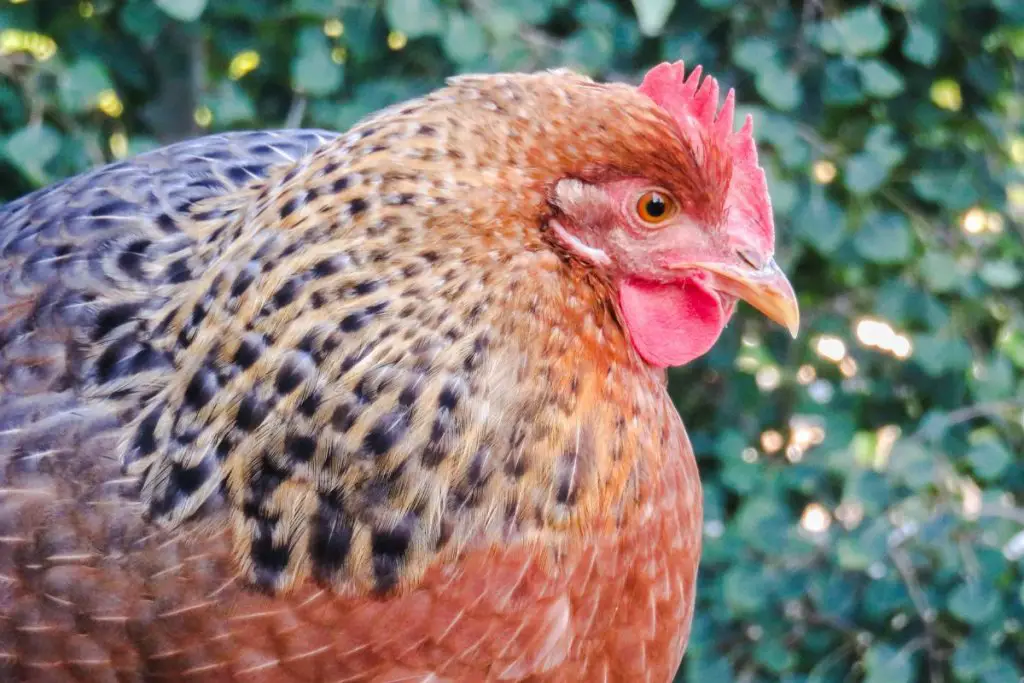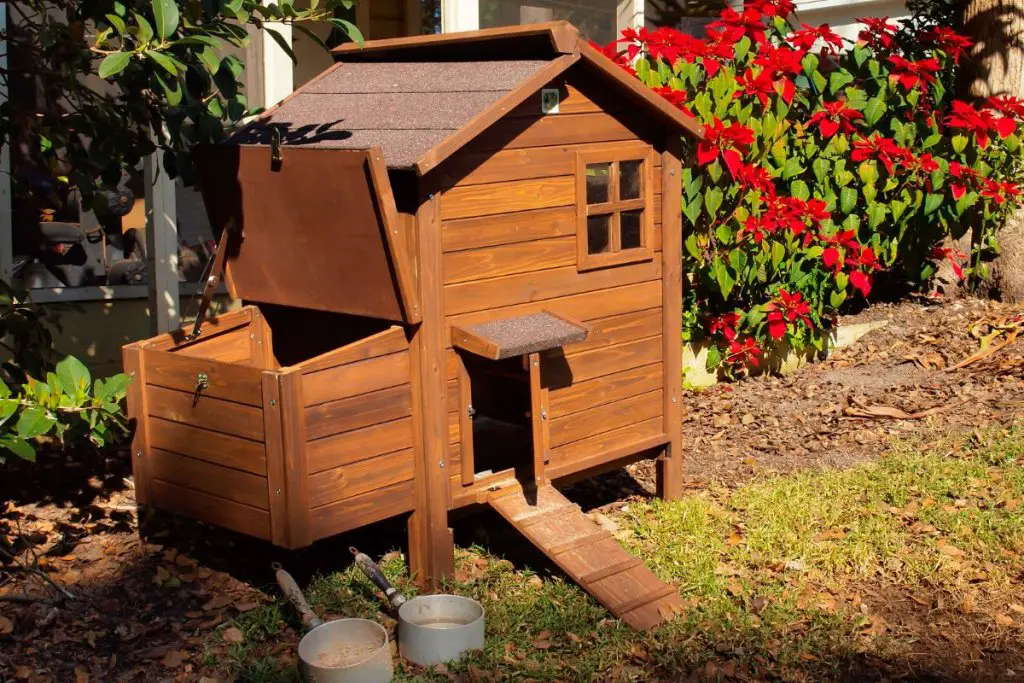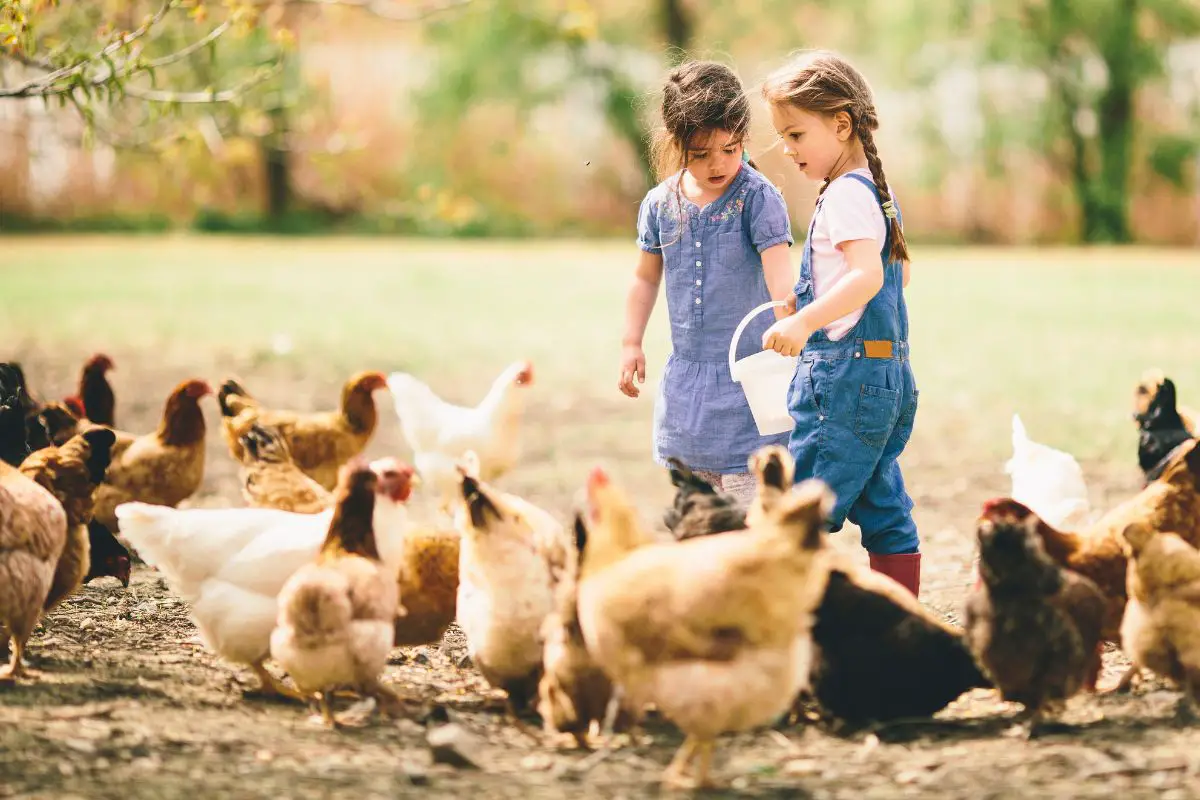Bielefelder Chickens are great egg layers through both summer and winter, but also excel for meat producers. They're very social birds and make for a great backyard chicken for yourfamily or a profitable small-scale farming system.
Through this article, we’ll help you decide whether this would make for the ideal chicken for your backyard or farmstead.
Table of Contents
Country Of Origin
Bielefelder Chicken’s are from the heart and very soul of Germany. The eldest Bielefelder was discovered in the early 1970s by German breeder Gerd Roths’ breeding of chickens.
Roths was from Bielefeld, Germany, hence the name – Bielefelder.
Appearances
Here are several ways in which you can truly identify a Bielefelder’s gender.
- The male chicks tend to have a white spot on their head and light strips down their backs.
- The females tend to be darker than the males and don’t have a white cap on their heads. If you could imagine a chipmunk, then that’s what a female Bielefelder chick looks like from behind!
The Bielefelders are quite a large size chicken with a single red comb and little wattles. They typically weigh anything between 10-12lbs.
Now, if you know anything about chickens, that’s considered a LARGE bird and are almost as large as some turkeys. Their size makes them ideal for meat production but they’re also egg-producing machines!
Temperament
These birds are no stranger to human interaction. Some other chickens tend to avoid socializing, but not the Bielefelders! So don‘t be surprised when your Bielefelder joins you on a few human games out in the backyard or wanders inside the family home in the evening.
Their temperament is usually calm and gentle while they’re considerably active. Some people have been known to train their little Bieles and consider them to be quite intelligent.
In Germany, they identify these birds by calling them “Kennafarbig” which translates to “Cuckoo red partridge”. It’s one of the germanic ways to explain their kind-hearted appearance.
Bielefelders are also very vocal chickens. They can produce a loud voice when they do go for a squawk but generally speaking, they’re quiet birds and are ideal for a suburban backyard.
The Bielefelder’s are also very calm and collected, making for the perfect family-friendly breed. They also do not rake the beds they’re on, so you can have these chickens freely roaming the garden. If they’re hungry, they may even pick out the pests such as snails out of your garden.
Day-to-Day Care
Should you decide a Bielefelder Chicken is for you, always aim to provide plenty of outside space because of their free-range nature. They do not take well to being inside for too long, and as time goes on, may become more aggressive towards other chickens as well as yourself.

If you can provide a spacious garden or field, then this would be perfect for them so that they can roam freely as they please. Try creating open sections in your garden for them (with plants you don’t mind seeing some damage) so they can roam freely and get enough food for the day.
Climate Considerations
When building or shopping for a pre-built chicken enclosure, aim to find one which stays cool in the summer months. Ideally, position it under a tree that provides an escape from the midday and afternoon sun.
While I mentioned above that Bielefelders prefer outdoor spaces, it is best to keep them inside as much as possible in the winter months. Unlike other chickens such as the Brahma, the Bielefelder cannot withstand colder temperatures over a long period of time.
In addition, Bielesfelders will appreciate 12 hours of artificial light in the winter months. Not only will this help lift their moods, but help them continue to produce eggs even during the off-season.
Feeding
Feeding Bielefelders can be quite straightforward. Start with a commercial starter chick feed up until they’re 16-20 weeks old. This added protein will help give that little extra boost for the bird to develop into a healthy one.
After 16 weeks you will be able to convert your Bieles to 16% protein which would help with egg production and upkeep their healthy and beautiful feathers. You can also throw in some fruits, vegetables, grains and leafy greens. Free-range birds will naturally cut your ongoing costs by a significant amount.
Accommodation
While they gain no special treatment unlike other chickens, they do prefer a good chicken coop with good ventilation and no drafts. No chicken likes to feel like they were born in a barn!

In terms of density, aim for 10 square feet per bird and add some insulation if you live in a colder climate. This is to ensure that they’re kept happy and thus, producing for many years to come.
Health Care
Prevention of diseases can be vital to your chicken’s health, this means that a well-groomed bird is immune to most diseases but parasites can be a problem for these kinds of birds – if they are not monitored.
Lice and fleas tend to be attracted to birds with dense feathers and therefore, Bielesfelders need more regular checking and treatment than some other breeds. Aim to check infestations every week as this can jeopardize the birthing of young chicks and your flock is likely to naturally reduce in size over time.
Egg Production and Color
Biefelders are known for their egg-laying qualities. They lay on average 200-280 eggs per year so you can expect 4 to 6 eggs per week. And given their resistance to the cold, most hens will continue laying through the winter months.
They lay brown eggs with their egg size being larger than most chickens. In addition, they are an auto-sexing breed which means that from the moment they’re born, they can be identified as either a male or a female, simply by their feather patterns.
Pros and Cons
At a glance, we can see that owning and raising Bielefelders chickens can have very few downsides:
| Pros | Cons |
| They grow to their adult size very quickly | They require extra feed and so they cost slightly more to raise |
| They often lay more than 200 eggs per year | They struggle to handle below-freezing temperatures |
| They’ll start their egg production as early as 5 months | |
| They can thrive on basic chicken feed and backyard sourcing | |
| They are disease resilient, assuming their coops and feathers are kept clean |
Conclusion
The Bielefelders chicken might only be around 50 years old but they have become a popular breed to caretake. This is due to their loving nature and their easy maintenance.
Growing to a large size and producing 221-280 eggs per year makes the Biele a great choice for the family garden, serious homesteader or commercial production facility.
Despite the health problems that are shared by many owner breeds, the Bielefelders deliver some serious bang-for-buck as a dual-purpose bird. Can we get a cuckoo-toot for that!?

